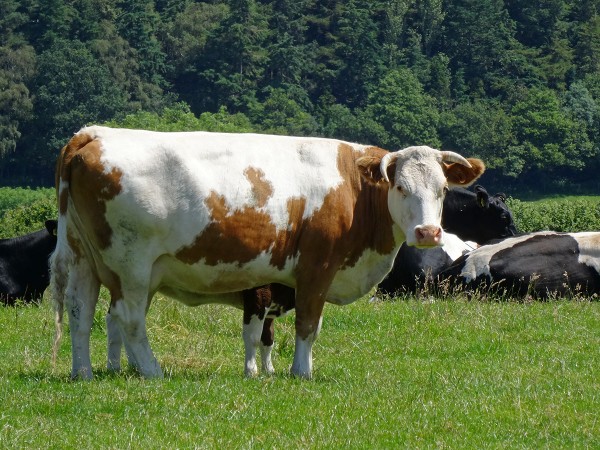 You’ll be familiar with these types of posts from me, which typically start with a comment like: ‘On my commute to work on …’. That’s one of the good things about a long drive – the interesting and informative discussions that you hear on the radio. This one is another interesting piece from BBC Radio 4, looking at a very topical issue, especially to those living in the South West and other rural areas in the UK.
You’ll be familiar with these types of posts from me, which typically start with a comment like: ‘On my commute to work on …’. That’s one of the good things about a long drive – the interesting and informative discussions that you hear on the radio. This one is another interesting piece from BBC Radio 4, looking at a very topical issue, especially to those living in the South West and other rural areas in the UK.
We have recently seen pictures of farmers protesting about the price of milk and in places like Somerset, the protest took a rather odd method, where farmers from across the region entered supermarkets and simply bought all of the milk, before giving it away. The issue is that dairy farming is no longer profitable, as the price that dairy farmers receive for each pint of milk is now lower than the cost of providing it. Thus, for each pint they make a loss.
There are many reasons that have contributed to this situation, including pressures imposed by customers demanding cheaper prices; pressures from supermarkets using their monopsony power to 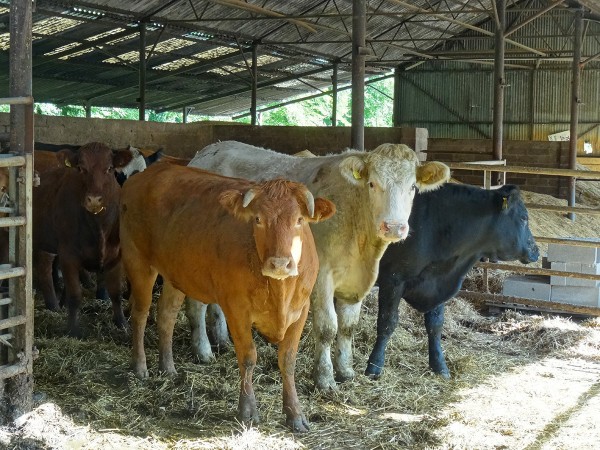 force down the prices paid to farmers; and pressures from abroad. In the case of milk, we have a surplus and with a perishable product, i.e. one that cannot be stored, unlike wheat, this has contributed to falling prices. Data suggest that we are seeing approximately one farmer per day being forced to leave the indsutry.
force down the prices paid to farmers; and pressures from abroad. In the case of milk, we have a surplus and with a perishable product, i.e. one that cannot be stored, unlike wheat, this has contributed to falling prices. Data suggest that we are seeing approximately one farmer per day being forced to leave the indsutry.
This programme explores the current dairy farming crisis and draws some similarities with the wheat crisis that the UK experienced in the 1930s. The programme below is 30 minutes and provides some interesting insights on two important commodities and the economics behind the markets.
 Today’s crisis in dairy farming and the wheat crisis of the 1930s BBC Radio 4; The Long View, Jonathan Freedland (29/9/15)
Today’s crisis in dairy farming and the wheat crisis of the 1930s BBC Radio 4; The Long View, Jonathan Freedland (29/9/15)
Questions
- Using demand and supply analysis, explain the situation in the milk market.
- Now consider the wheat industry and provide a similar analysis of how prices are set and what caused the problems seen in the 1930s.
- Although these two commodities have similarities they are also very different. Why can two different commodities experience such similar problems at such different times?
- What are the key demand and supply-side factors affecting the current low price of milk?
- Consider the market for (a) milk and (b) wheat. What are (if any) the market failures within each area?
- Agriculture is an area where we do see significant government intervention. Should the UK government be doing more to help the UK’s dairy farmers? If so, what should they do and would this intervention create further problems, e.g. unintended consequences?
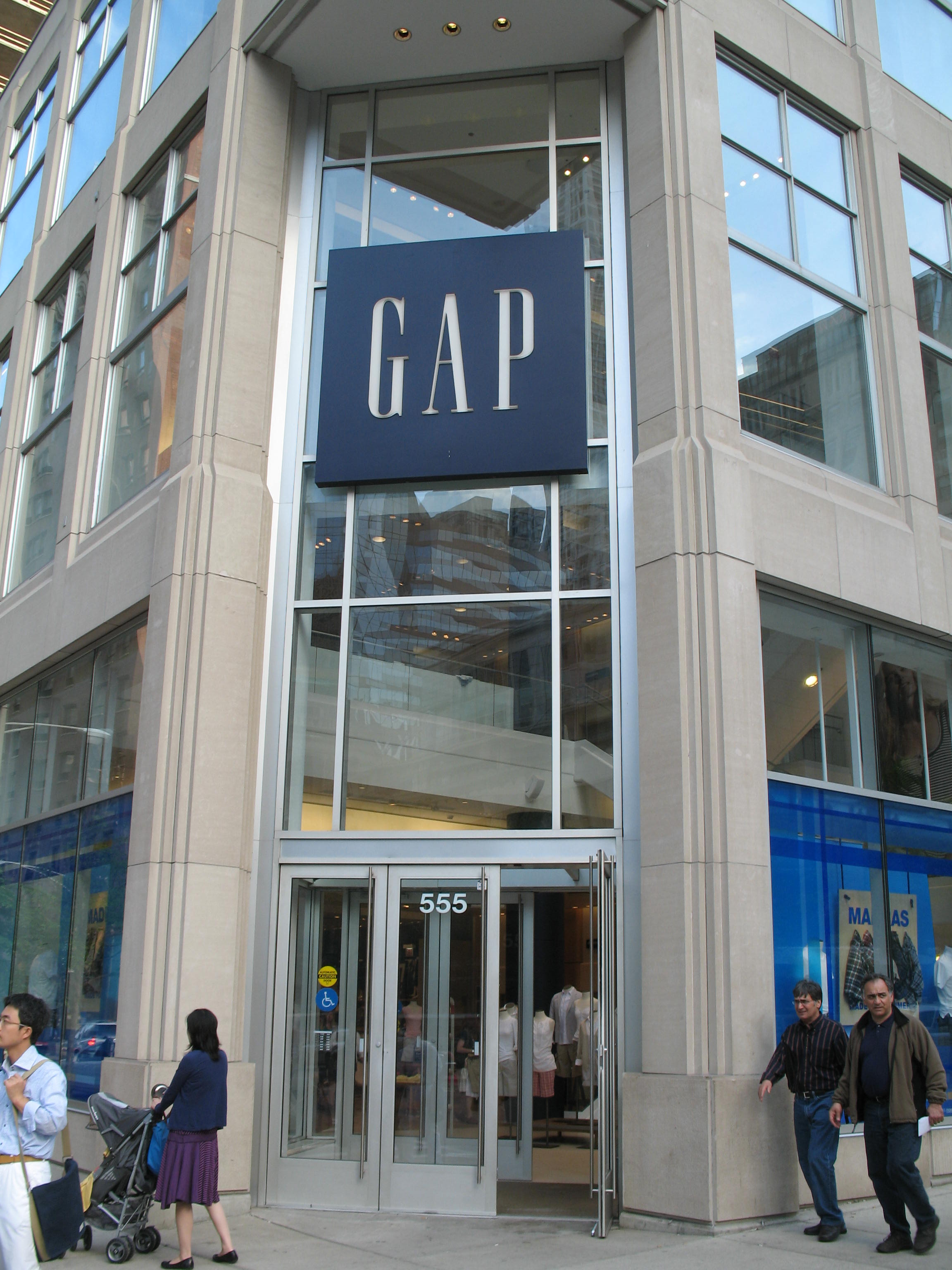 The Gap has been a fixture of UK High Streets for many years and has had both ups and downs. In a highly competitive market, it faces fierce rivals from other high street retailers and also from an increasingly important online presence. Same-shop sales for Gap fell in July by 7% and the brand is now finding itself in a tricky position.
The Gap has been a fixture of UK High Streets for many years and has had both ups and downs. In a highly competitive market, it faces fierce rivals from other high street retailers and also from an increasingly important online presence. Same-shop sales for Gap fell in July by 7% and the brand is now finding itself in a tricky position.
Although the Gap does sell products at a variety of prices, even sales growth in its most affordable line was not sufficient to offset declines elsewhere. It’s not just the UK where this decline is observed, with 175 Gap specialty shops in America being shut down over the next year. This will inevitably mean job losses. So why is Gap struggling so much, after being such a popular brand?
Its competitors are arguably offering a very similar product, but at a lower price. Consumers, being increasingly aware of prices and having many more options to make price comparisons, are perhaps using this information to make better choices. If they don’t believe that they are getting something extra from paying a slightly higher price at Gap, then they’d prefer to get the same thing elsewhere, from somewhere like Forever 21 or H&M. Some also suggest that the product itself is out of date and with the world of high fashion being such an important part of life for many people, an out-of-date product is bad news. That, together with consumers finding more and more things that they can spend their money on, beyond clothes has led to a tricky position for the Gap.
A key part of maintaining a presence on high streets has been sales and special offers – this has been a key element in keeping customers coming, but it is certainly not a long term strategy. Research analysts have been investigating some of the key aspects of the Gap and various comments have been made, including:
“Uniformity is no longer cool… The trick now is convincing your customer that they’re getting something unique.” (Simeon Siegel), Nomura Securities.
“Of top priority is delivering more consistent and compelling product collections.” Kari Shellhorn, Gap spokeswomen.
“Whether it’s colour or print or it’s pattern, the Gap brand hasn’t been kept up to date … Until they have their product right, I think we’ll continue to see them have promotions.” Dana Telsey, Telsey Advisory Group.
The future of Gap is certainly in the balance and with an increasingly competitive market when it comes to retail, an effective strategy to maintain and increase its market share will be essential.
Why Gap is in a tight squeeze BBC News, Gianna Palmer (20/8/15)
Gap Inc sees some potential for next year but Q2 2015 remains weak Forbes, Investing, Trefis Team (24/8/15)
Questions
- What sort of figure would you expect Gap’s clothes to have and why?
- Into which market structure would you place the retail industry? What does this tell us about how a company such as Gap can hope to make profits?
- If you were advising Gap, what strategies would you propose as a means of boosting revenue and cutting costs?
- The BBC News article states that the fortunes of Gap have been hurt by a strong US dollar. Why may this be the case?
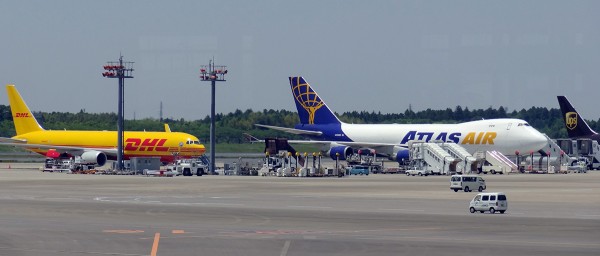 In the year to June 2014, Qantas, the Australian airline, posted record losses of $2.8 billion. The airline was seen to be in some serious trouble and engaged in various cost-cutting measures. This, together with help from falling oil prices appears to have reversed this company’s fortunes. It posted profits of $557 million in the year to the end of June 2015.
In the year to June 2014, Qantas, the Australian airline, posted record losses of $2.8 billion. The airline was seen to be in some serious trouble and engaged in various cost-cutting measures. This, together with help from falling oil prices appears to have reversed this company’s fortunes. It posted profits of $557 million in the year to the end of June 2015.
The airline industry was hit by the financial crisis and subsequent worldwide recession. Holidays are a luxury item, such that when incomes are rising, there is a greater demand for travel abroad. Conversely, when incomes fall (as we see in a recession) demand will fall and this can hurt the revenues and profits of airlines such as Qantas.  Qantas, in particular, had been struggling with a high degree of competition from other airlines, who are also competing on key long-haul routes, for example Emirates, Etihad and Singapore. Further competition came at home from Virgin Australia, who had significant backing from other large airlines and Qantas found itself unable to compete with such low prices and restrictions on foreign ownership.
Qantas, in particular, had been struggling with a high degree of competition from other airlines, who are also competing on key long-haul routes, for example Emirates, Etihad and Singapore. Further competition came at home from Virgin Australia, who had significant backing from other large airlines and Qantas found itself unable to compete with such low prices and restrictions on foreign ownership.
However, with significant layoffs, cancelling some unprofitable routes and various other cost-cutting measures, Qantas will return $505 million of profits to its shareholders and will purchase 8 Boeing 787-9 Dreamliners. This will certainly boost confidence in the company and its Chief Executive, Alan Joyce’s comments may well add to this. He said:
“We are halfway through the biggest and fastest transformation in our history … Without that transformation, we would not be reporting this strong profit, recommencing shareholder returns, or announcing our ultra-efficient Dreamliner fleet for Qantas International.”
Although the investment in so many new planes is a large outlay, it is expected that they will improve the efficiency of its fleet, reducing its fuel bill significantly, especially over its longest routes. As these profit figures only represent a job that is half done, it will be interesting to see how Qantas fares with the recovery of the global economy.
Qantas to buy eight Boeing dreamliners after posting profit of $557m The Guardian (20/8/15)
Qantas returns to full-year profit and pledges new growth phase BBC News (20/8/15)
Qantas soars past overhaul to return to profit Wall Street Journal, Rebecca Thurlow (20/8/15)
Qantas injects another $55 million into Jetstar Japan Sydney Morning Herald, Jamie Freed (24/8/15)
Is Qantas set to keep on soaring? Sydney Morning Herald, John Collett (21/8/15)
Qantas to expand fleet after rapid profit turnaround Reuters (20/8/15)
Qantas turnaround gains altitude with swing to profit Financial Times, Jamie Smyth (20/8/15)
Questions
- Into which market structure would you place the airlines industry?
- Consider the different strategies that were adopted by Qantas and in each case, explain whether it would have had an impact on the firm’s costs or revenues.
- Why was Virgin Australia proving to be such fierce competition for Qantas?
- The Wall Street Journal Article refers to Qantas finding it difficult ‘to attract a White Knight’. What is meant by a White Knight?
- What has been the impact of falling global oil prices on the airline industry? Use a diagram to explain your answer.
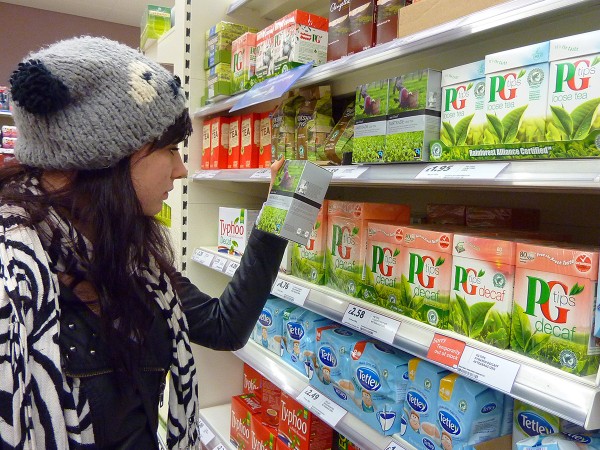 The retail food industry is an oligopoly – a market dominated by a few big firms, with interdependence between them. This means that each firm considers the reaction of all its competitors when making any decision. Pricing is one of those key decisions and this is one of the reasons why price wars tend to break out in this industry.
The retail food industry is an oligopoly – a market dominated by a few big firms, with interdependence between them. This means that each firm considers the reaction of all its competitors when making any decision. Pricing is one of those key decisions and this is one of the reasons why price wars tend to break out in this industry.
For consumers, price wars are usually seen as a good thing, as it means prices in the supermarkets get forced downwards, thus reducing the cost of living. Low prices in this case are one of the key benefits of competition. However, there are costs of such fierce competition for suppliers. 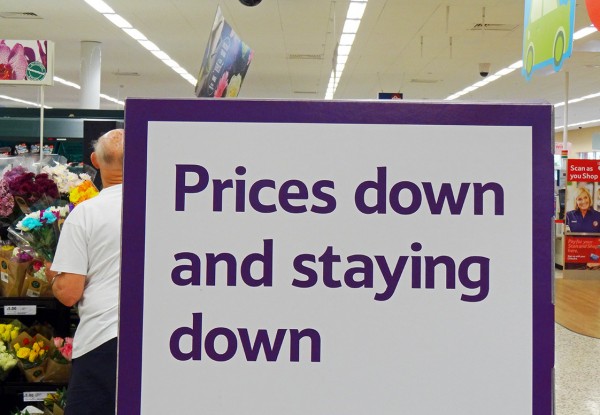 As final prices to customers are pushed down, small competitors are likely to feel the squeeze and may be forced out of the market. The other losers are suppliers. The big supermarkets are likely to pay lower prices to their suppliers, thus adversely affecting their livelihood. Research suggests that throughout 2014, 146 food producers entered insolvency, which is significantly higher than last year.
As final prices to customers are pushed down, small competitors are likely to feel the squeeze and may be forced out of the market. The other losers are suppliers. The big supermarkets are likely to pay lower prices to their suppliers, thus adversely affecting their livelihood. Research suggests that throughout 2014, 146 food producers entered insolvency, which is significantly higher than last year.
Accountancy firm, Moore Stephens, has blamed the supermarket price war for this rise in insolvencies in the food production sector. Duncan Swift from this firm said:
“The supermarkets are going through the bloodiest price war in nearly two decades and are using food producers as the cannon fodder…Supermarkets have engaged in questionable buying practices for years, but it’s getting worse and clearly wreaking havoc on the UK food production sector.”
The British Retail Consortium has said that placing the blame in this way was too simplistic. A commentator suggested that many suppliers have long-standing relationships with the supermarkets they deal with, suggesting that relations were good and sustainable.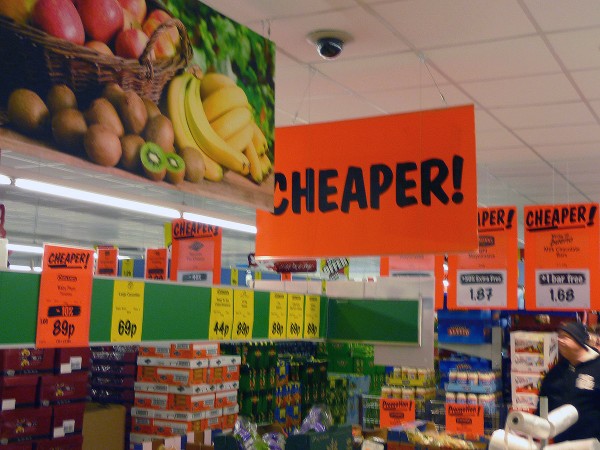 Furthermore, it was suggested that the demise of these producers may be due to many other factors and the data on insolvencies did not show that those firms affected were suppliers to the supermarkets. There is a Groceries Code Adjudicator in place to ensure that the supermarkets do not abuse their power when it comes to dealing with their suppliers, but the power of this person is limited, leaving suggestions remaining that suppliers are vulnerable. The following articles consider both the good and bad of price wars.
Furthermore, it was suggested that the demise of these producers may be due to many other factors and the data on insolvencies did not show that those firms affected were suppliers to the supermarkets. There is a Groceries Code Adjudicator in place to ensure that the supermarkets do not abuse their power when it comes to dealing with their suppliers, but the power of this person is limited, leaving suggestions remaining that suppliers are vulnerable. The following articles consider both the good and bad of price wars.
Articles
Questions
- What are the characteristics of an oligopoly? Why do price wars tend to break out in oligopolies, such as the supermarket industry?
- Apart from the supply-chain pressure from supermarkets, what other factors could have caused so many small food producers to become insolvent?
- How does the supermarket supply chain work and why have the price wars led to suppliers being squeezed?
- Use a diagram to illustrate the impact of the price war on (a) the supermarkets and (b) the suppliers.
- How important is the Groceries Code Adjudicator and should she be doing more to protect suppliers?
- If supermarkets are cutting prices, is this an indicator of unfair competition or good competition?
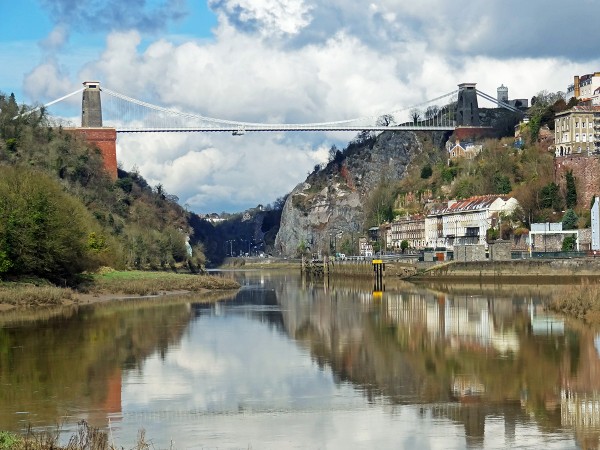 There have been two significant changes in prices for travel in Bristol. At the end of April, the toll on Brunel’s iconic Clifton Suspension Bridge doubled from 50p to £1 for a single crossing by car. The bridge over the Avon Gorge links North Somerset with the Clifton area of Bristol and is a major access route to the north west of the city. Avoiding the bridge could add around 2 miles or 8 minutes to a journey from North Somerset to Clifton.
There have been two significant changes in prices for travel in Bristol. At the end of April, the toll on Brunel’s iconic Clifton Suspension Bridge doubled from 50p to £1 for a single crossing by car. The bridge over the Avon Gorge links North Somerset with the Clifton area of Bristol and is a major access route to the north west of the city. Avoiding the bridge could add around 2 miles or 8 minutes to a journey from North Somerset to Clifton.
The justification given by the Clifton Suspension Bridge Trust for the increase was that extra revenue was needed for maintenance and repair. As Trust Chairman Chris Booy said, ‘The higher toll will enable the Trust to continue its £9 million 10-year vital repair and maintenance programme which aims to secure the bridge’s long-term future as a key traffic route, one of Bristol’s major tourist destinations and the icon of the city’.
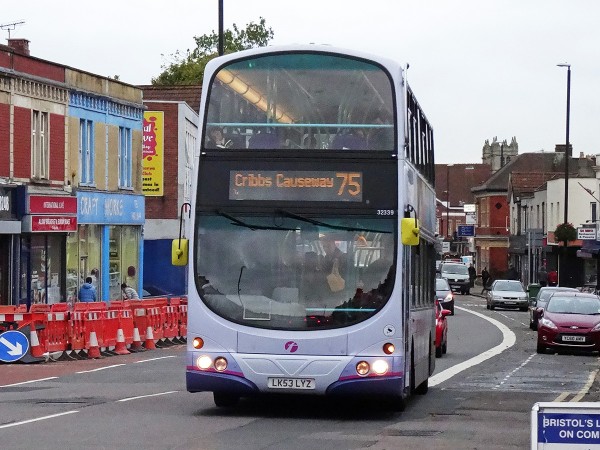 The other price change has been downwards. In November 2013, the First Group cut bus fares in Bristol and surrounding areas. Single fares for up to three miles were cut from £2.90 to £1.50; 30% discounts were introduced for those aged 16 to 21; half-price tickets were introduced for children from 5 to 15; and the two fare zones for £4 and £6 day tickets were substantially increased in size.
The other price change has been downwards. In November 2013, the First Group cut bus fares in Bristol and surrounding areas. Single fares for up to three miles were cut from £2.90 to £1.50; 30% discounts were introduced for those aged 16 to 21; half-price tickets were introduced for children from 5 to 15; and the two fare zones for £4 and £6 day tickets were substantially increased in size.
First hoped that the anticipated increase in passengers would lead to an increase in revenue. Evidence so far is that passenger numbers have increased, with journeys rising by some 15%. Part of this is due to other factors, such as extra bus services, new buses, free wifi and refurbished bus stops with larger shelters and seats. But the company attributes a 9% rise in passengers to the fare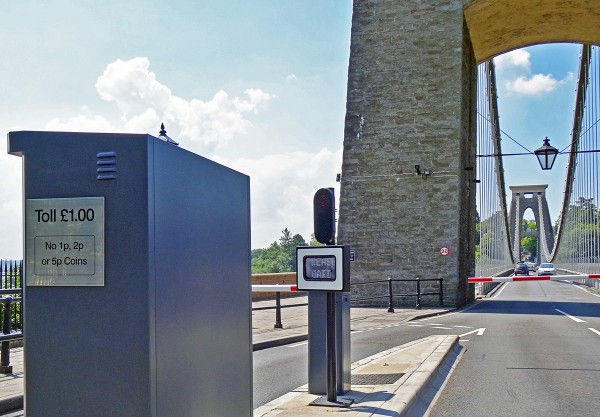 reductions. As far as revenue is concerned, indications from the company are that, after an initial fall, revenue has risen back to levels earned before the fare reduction.
reductions. As far as revenue is concerned, indications from the company are that, after an initial fall, revenue has risen back to levels earned before the fare reduction.
What are the longer-term implications for revenue and profit of these two decisions? This depends on the price elasticity of demand and on changes in costs. Read the articles and then consider the implications by having a go at answering the questions.
Clifton Suspension Bridge toll to rise from 50p to £1 BBC News (9/4/14)
Regular Users of Clifton Suspension Bridge will be Protected from the Increase in the Bridge Toll Clifton Suspension Bridge (9/4/14)
Clifton Suspension Bridge Review Decision Letter Department of Transport (24/3/14)
Clifton Suspension Bridge Trust: bridge toll review inspector’s report Department of Transport (8/4/14)
Clifton Suspension Bridge Toll Increase – Account of the May 2013 Public Inquiry The National Alliance Against Tolls (NAAT)
First Bus Bristol fare cuts sees passenger growth BBC News (6/6/14)
First gamble over cheaper bus fares pays off as passengers increase in Bristol The Bristol Post (6/6/14)
Bristol bus fares deal to extend to South Gloucestershire and North Somerset The Bristol Post, Gavin Thompson (12/6/14)
Questions
- What assumptions is the Clifton Suspension Bridge Trust making about the price elasticity of demand for bridge crossings?
- What determines the price elasticity for bridge crossings in general? Why is this likely to differ from one bridge to another?
- How is the long-term price elasticity of demand likely to differ from the short-term elasticity for Clifton Suspension Bridge crossings and what implications will this have for revenues, costs and profit?
- How is the price elasticity of demand for the bridge likely to vary from one user to another?
- How is offering substantial price reductions for multiple-crossing cards likely to affect revenue?
- What determines the price elasticity of demand for bus travel?
- What could a local council do to encourage people to use buses?
- How is the long-term price elasticity of demand for bus travel likely to differ from the short-term elasticity?
- In the long run, is First likely to see profits increase from its fare reduction policy? Explain what will determine this likelihood.
 You’ll be familiar with these types of posts from me, which typically start with a comment like: ‘On my commute to work on …’. That’s one of the good things about a long drive – the interesting and informative discussions that you hear on the radio. This one is another interesting piece from BBC Radio 4, looking at a very topical issue, especially to those living in the South West and other rural areas in the UK.
You’ll be familiar with these types of posts from me, which typically start with a comment like: ‘On my commute to work on …’. That’s one of the good things about a long drive – the interesting and informative discussions that you hear on the radio. This one is another interesting piece from BBC Radio 4, looking at a very topical issue, especially to those living in the South West and other rural areas in the UK. force down the prices paid to farmers; and pressures from abroad. In the case of milk, we have a surplus and with a perishable product, i.e. one that cannot be stored, unlike wheat, this has contributed to falling prices. Data suggest that we are seeing approximately one farmer per day being forced to leave the indsutry.
force down the prices paid to farmers; and pressures from abroad. In the case of milk, we have a surplus and with a perishable product, i.e. one that cannot be stored, unlike wheat, this has contributed to falling prices. Data suggest that we are seeing approximately one farmer per day being forced to leave the indsutry. Today’s crisis in dairy farming and the wheat crisis of the 1930s BBC Radio 4; The Long View, Jonathan Freedland (29/9/15)
Today’s crisis in dairy farming and the wheat crisis of the 1930s BBC Radio 4; The Long View, Jonathan Freedland (29/9/15)






